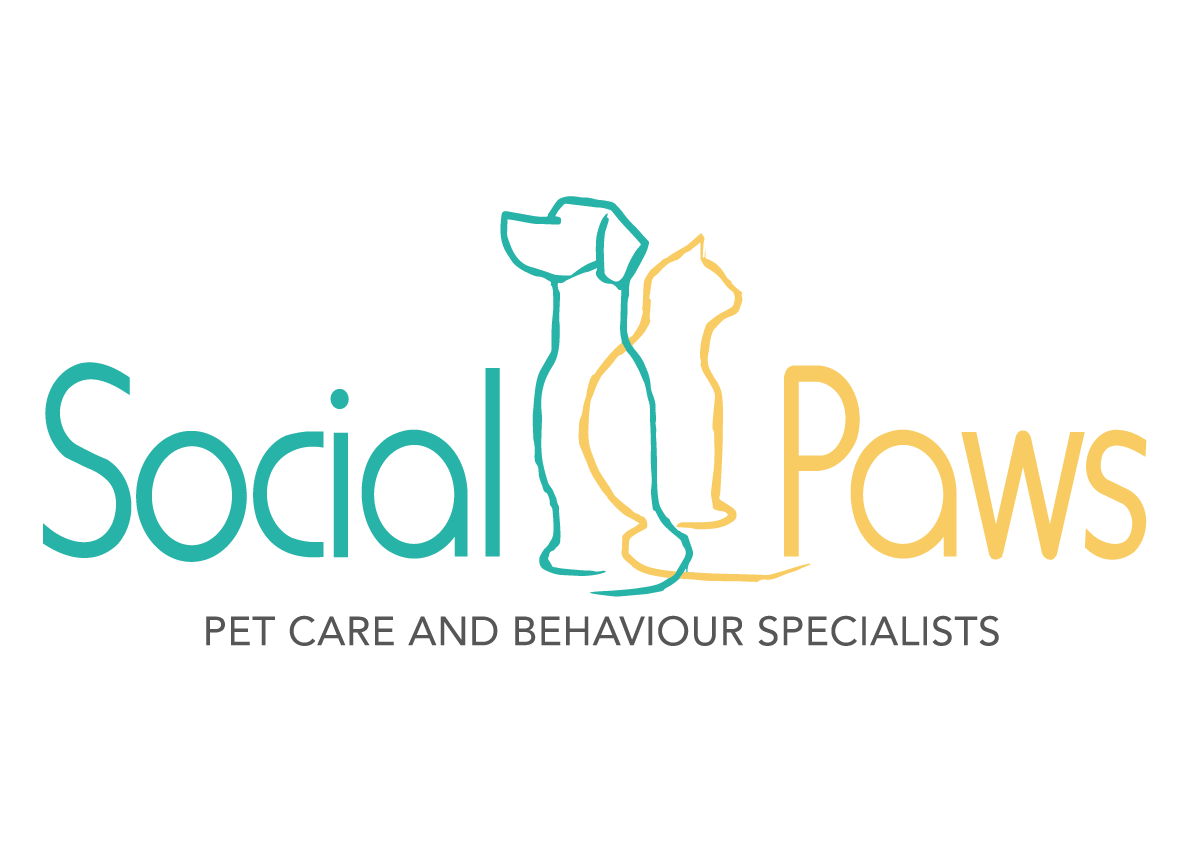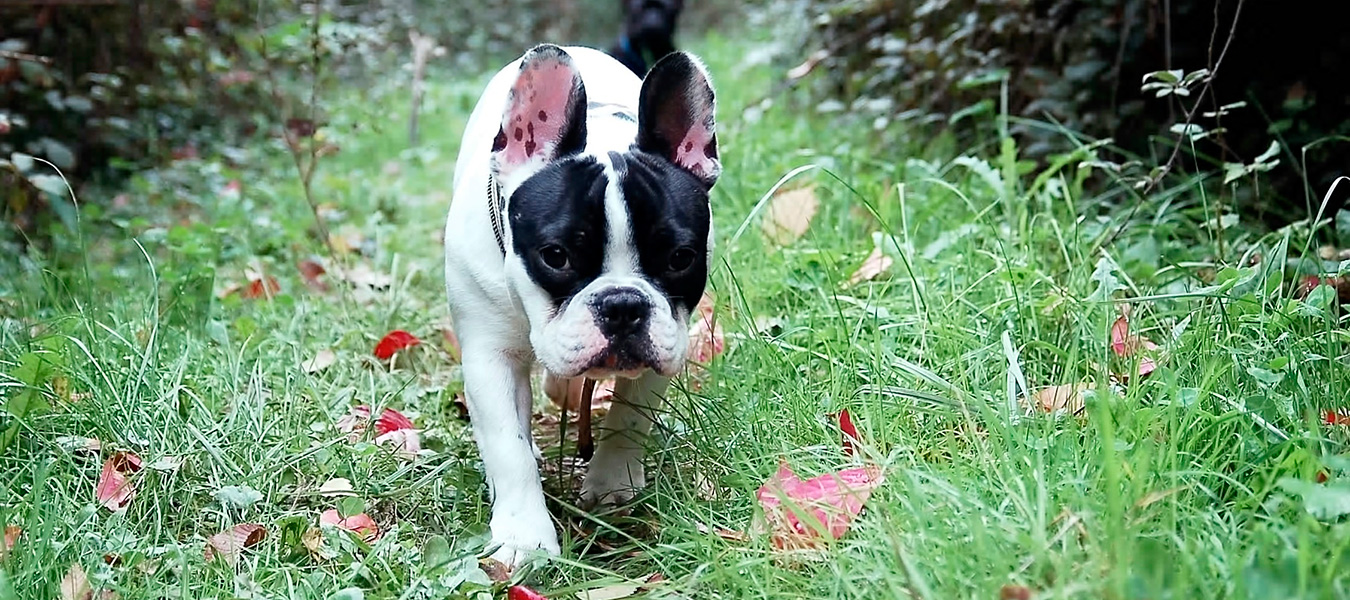What is a pet corrector?
A pet corrector is a form of punishment which is used to stop a pet’s undesirable behaviour. It works by emitting a quick puff of air which makes a hissing sound. It is pointed near (not at) the animal. This is said to shock it so it stops what it is doing. The outcome would be that your pet would less likely to do the ubdesirable behaviour again as it dislikes or fears the sound of the puff.
Why pet correctors are often referred to as an aversive
In my experience I’ve come across many people and articles written by pet care companies supporting the use of aversives such as pet correctors, to punish the unacceptable behaviours of dogs and stop them doing it. Unfortunately, this type of correction might stop the behavior in the moment, but the long-term effects can be devastating and actually increase the problem. I refer to the pet corrector as an ‘aversive’ as it works by scaring your dog into stopping whatever they were doing at the time. One of the many reasons why I do not use pet correctors and advice clients against using them is that with continued use you don’t address the cause of the behaviour. Overtime you may find that the pet corrector eventually ceases to work and in other known cases the dog may begin to redirect aggressively onto you, or they develop other behavioural problems, which will almost certainly be harder to fix than the original issues.
No quick fixes
When dealing with behavioural problems or training issues, there is no real quick fix. It’s like everything in life, whether it be going to the gym or maintaining a healthy balanced diet,you have to work at it long-term to obtain consistent results. Treating emotional reactions of the dog takes time as we’re literally working on creating new neural connections. We might be able to temporarily inhibit a behavior with the use of an aversive like a pet corrector, so with just a few repetitions, the dog may go from jumping up or reactive to appearing calm and passive even in the presence of the trigger. But such treatments are likely to backfire. Treating stress and anxiety or in fact any behaviour with aversives can not only reinforces the connection between the scary person or dog and the unpleasant experience but also lead to other future issues down the line as mentioned previously. For lasting results, we need to help the dog feel safe in the case of frustration or anxiety on lead and in the case of general obedience support them into making the right choices instead of punishing the wrong.
Empower your dog to make the right choices
So let’s support your dog to make the right choices – set your dog up for success and take it out of the situation before it fails. In the case of jumping up you may need to put several management techniques in place before you start to address the behaviour. This could be a stair gate or giving your dog something to keep it’s self occupied with whilst the stranger enters the house. In the case of dogs that are anxious or frustrated on lead, work at a distance below their threshold. By using positive reinforcement reward based training you can increase the likelihood of certain alternative behaviours such as focusing on you instead of barking at the dog. By using pet correctors this may not only be counter productive but in fact make your dog more anxious in the long-term.
The final word
If you are still using pet correctors why not step back and ask yourself why. If there is an effective more ethical alternative I would always recommend trying this. In some cases you may feel at a loss, perhaps you’ve been given the wrong information or have been misguided by others. There are still many trainers out there who use pet correctors, however this doesn’t necessarily make them right. I simply think that quick fix methods like the pet corrector not only make the handler reliant on them but also do not teach the dog the correct thing to do.
Feel free to email me if you need any additional behavioural training advice or support: helen@socialpawscheltenham.co.uk


Recent Comments